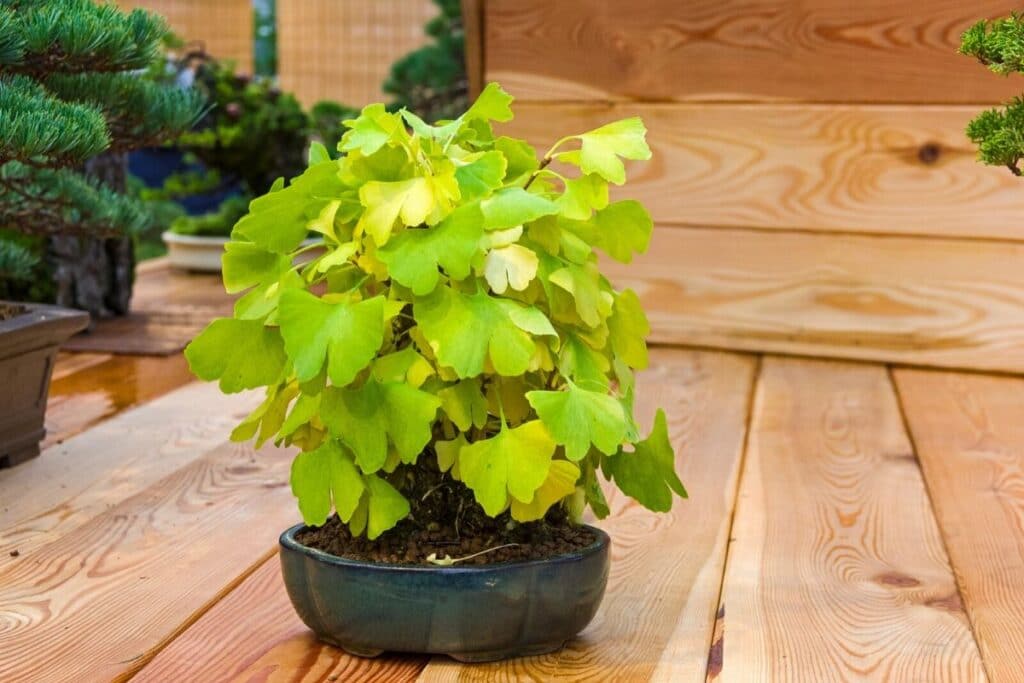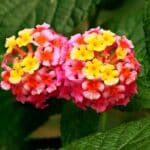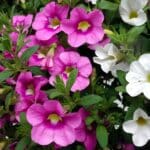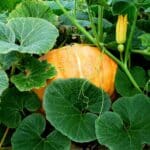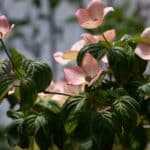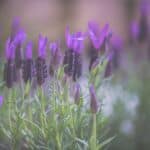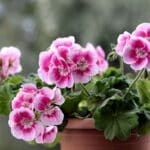First discovered in eastern China, the Ginkgo plant is just as unique as it is ancient. One of the last holdouts from prehistoric times, this plant is the perfect bonsai specimen. In fact, it dates back nearly 270 million years and is considered one of the world’s few living fossils.
With a little bit of care and attention to its specific needs, this plant is not only easy to grow, but offers growers a variety of benefits.
Interesting Facts about Ginkgo Bonsai
Height: 12-15”
Width: 11”
Sunlight: Full sun to partial shade
Flowering Time Length: Produces false flowers and cones after 20 years of growth
Lifespan: 100+ years
Scientific name: Ginkgo biloba
Common names: ginkgo, gingko, maidenhair tree
Types of Ginkgo Biloba
There is only one type of Ginkgo bonsai tree. Technically, it’s the bonsai cultivar of the Ginkgo biloba tree.
When not grown as a bonsai specimen, the tree grows large, up to 115 feet, in many cases. There are some ancient specimens in China that are more than 160 feet tall!
Growing Ginkgo Bonsai from Seed or By Propagation
Most Ginkgo bonsai plants are purchased as stock from nurseries. You can grow the plant from seed, but this is a painstaking process that will require a lot of time and dedication.
Many nurseries grow the plant as a male cultivar that’s grafted onto a plant propagated from seed. The reason for this is to prevent the foul-smelling seeds that are often produced from regularly grown plants. The Ginkgo bonsai are deciduous trees, which means there are male and female trees. The ripe fruits of the female ginkgos have a very unpleasant smell. Ginkgo bonsai hardly ever bear fruit, so this is not of much importance.
How To Care For Ginkgo Bonsai
Sunlight
Ginkgo Bonsai is a deciduous tree that will lose its leaves during the winter. It can be grown in full sun or partial shade, but know that growing it in full sun will increase its foliar color and make it more vibrant.
Protect your tree from severe or prolonged bouts of freezing. This plant’s frost sensitivity is one of the main reasons why it’s best grown as a container bonsai plant.
Most climates are simply too harsh for this plant to be grown outdoors, especially during the winter. Freezing will cause the roots to expand with water from the forest. They can then burst and kill the plant.
To prevent this, make sure you bring your plant inside during cold weather. Keep the soil dry during cold periods to prevent frost damage.
Watering
You can water your Ginkgo bonsai every day. The soil and the tree’s roots should be kept moist at all times. You can mist the foliage on a regular basis, too, as some humidity is necessary to keep the leaves healthy.
Fertilizing
Fertilize your Ginkgo bonsai twice a month, especially older Ginkgo bonsai. This may seem like a lot, but container-grown plants tend to leach nutrients more readily than those grown in the ground. You will want to fertilize once in the spring or mid-summer and then once more in early fall (September to October).
To fertilize, use a general granular fertilizer that is well-balanced, like an 8-8-8. Before fertilizing, be sure to water just under the canopy of the tree.
Potting and Repotting
Ginkgo bonsai will likely be shipped to you in an eight-inch pot. You can grow it in a container that is slightly larger and, in fact, as it grows, younger trees may need to be repotted once every two to three years into a larger container.
Repotting can be done as often as once per year, ideally in late winter or early spring.
In your container, make sure you implement a well-draining medium. Ginkgo bonsai can grow in sand, clay, loam, or light soil, but sandy soil will provide the most ideal growing conditions.
Pruning a Ginkgo Bonsai
Pruning a Ginkgo bonsai involves careful consideration to maintain its unique shape and enhance its overall aesthetic. Begin by removing dead, damaged, or diseased branches with clean, sharp pruning shears.
Next, selectively prune branches to maintain the desired size and silhouette, focusing on balancing the canopy’s density and promoting airflow. Regularly pinch back new growth to encourage branching and compactness. Avoid heavy pruning during the growing season to minimize stress on the tree.
Additionally, periodically remove any downward-growing or crossing branches to maintain an open and harmonious structure. When pruning, pay attention to the topmost leaf and be aware that Ginkgo produces scars. With proper pruning, a Ginkgo bonsai can develop into a graceful and captivating specimen.
Pests and Diseases
Ginkgo is resistant to just about every kind of pest and disease. It is readily attacked by fungal disease or insects, especially if appropriate care is provided.
Where to Buy Ginkgo Bonsai
Ginkgo bonsai can be purchased from many online and brick and mortar nurseries. It is generally sold to growers when it’s about four to six years old.
Usually, it will be shipped or sold in an eight-inch ceramic bonsai pot. You may need to repot the plant upon its arrival. The tree’s shape can vary depending on its age and cultivation.
FAQs
Do ginkgo trees make good bonsai?
Yes, Ginkgo trees can make beautiful bonsai, but they require patience and skill due to their unique growth habits and characteristics. With proper care and training, ginkgo bonsai can thrive and develop into stunning miniature versions of their larger counterparts.
Can ginkgo bonsai live indoors?
While ginkgo bonsai can tolerate being indoors for short periods, they generally prefer to be outdoors where they can receive ample sunlight and experience natural temperature fluctuations. If kept indoors, place them in a location with plenty of natural light, such as near a south-facing window, and provide adequate humidity and air circulation.
How do I keep my ginkgo tree small?
To keep a ginkgo tree small and maintain its shape as a bonsai, regular pruning and training are essential. Use sharp bonsai pruning shears to trim back new growth, encourage branching, and shape the tree according to your desired style. Additionally, repotting the bonsai every few years and root pruning can help control its size and keep it healthy.

